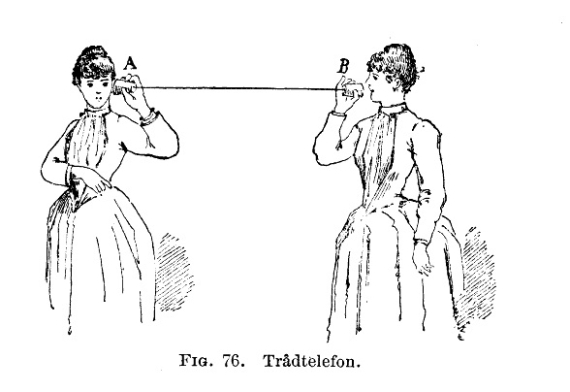Without standards there can be no kaizen, Taiichi Ohno. Kaizen is a Japanese word that we can translate as “change for the better”. It’s widely interpreted as meaning “continuous improvement” when referring to process or flow. As Taiichi Ohno (father of the Toyota Production System or TPS) highlights, to improve, you first need to have a baseline standard. From the TPS perspective, standards and the improvement of said standards, relate to two aspects: Process – the work carried out at a particular step on the production line. Flow – the overall flow through the production line from end-to-end. So, if we’re to translate this to cross-functional product teams, our team can determine…
From Coaching

The ScrumMum – an agile adoption anti-pattern
Whichever way you look at it, if you’ve ever heard yourself talking to your team and uttering the words “I’m not your mother”, it’s probably not a good thing. Even if you’re actually a Mum and have the healthy intention of creating independent and highly-functioning people – ready and equiped to face the world on their own two feet – having to tell someone who isn’t your progeny that you’re not their Mother means: 1. There is a clear case of mistaken identity and 2. The aforementioned person(s) clearly aren’t in a place of independence or higher functioning yet. If you’re their ScrumMaster and you’re saying these words, then you may…

Portals and other tools for distributed working.
We’re a team distributed between different cities who collaborate and work closely together. We’re a distributed team, but shy away from using the term “remote workers”, because one thing we definitely aim not to do is act remotely from each other. We are a highly collaborative, cross-functional team who like to maintain fast feedback loops. Here are some of the ways that help maintain a close working relationship. Technologies that help us collaborate Firstly, we work on high spec laptops, this means we’re very mobile. We also operate Activity Based Working in our offices, i.e. we don’t have fixed desks, we do have neighbourhoods, but can work at any desk we…
Do, or do not. There is no try
“Do, or do not. There is no try”, says Master Yoda in a pivotal scene from the movie The Empire Strikes Back. When Luke, his protégée, goes onto complain about his Master’s general insensitivity to how big the task in hand is, Yoda demonstrates it is in fact possible by lifting Luke’s submerged spaceship out of the swamp. Luke’s response is “I can’t believe it”, to which Yoda replies, “that is why you fail”. On the surface what Yoda is saying sounds harsh. I believe he is merely instructing Luke that he already has the necessary skills and discipline. If Luke believed in himself, he’d likely succeed. This doesn’t mean he…

The art of negotiation
I recently attended a talk organised by Agile Welly “Negotiating without shooting yourself in the foot” by negotiation coach, Stuart van Rij As Stuart began to explain how to setup a negotiation to get a good outcome, I became very aware that I go through a similar setup to get a good outcome for the teams and individuals that I coach. In fact, I view the role I perform in most meetings as lying somewhere between facilitator and negotiator. A coach often sits in the middle between two parties, for a software product that’s between those who want something built and those that are building it. If both parties are…
Why are outcomes not attached?
I’d thought I’d explain why my tagline includes the statement “outcomes not attached”. As a servant leader I’m heavily invested, one might say 100% committed, on getting good outcomes. However, those outcomes aren’t my own, they are those of the team that I serve. In getting the best result for the people that I coach, I can’t be attached to those outcomes, or how they reach them, in any way. Let me explain further. If I have the intention of steering the team in a certain direction, it might not be one that they would take. They won’t identify with, or fully understand the path that I’ve sent them on. As a result they won’t…

Welcome to The Agile Coach
I’m an Agile Coach in Wellington, New Zealand. I look forward to sharing my thoughts and hearing yours via this blog! Talk soon, Paul